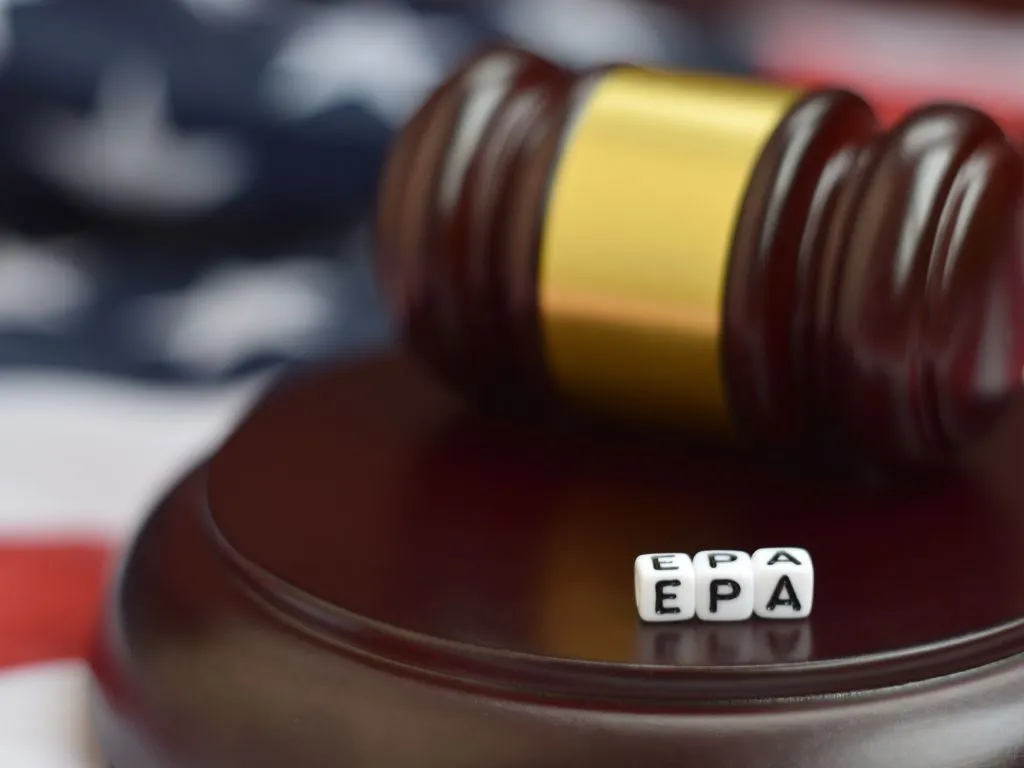News Details

EPA Takes Decisive Action to Curb PFAS Contamination from Plastic Containers
In a significant move to protect public health, the U.S. Environmental Protection Agency (EPA) issued orders on December 1, 2023, directing Inhance Technologies LLC (Inhance) to cease the production of per- and polyfluoroalkyl substances (PFAS). These chemicals, which are integral to the manufacture of fluorinated high-density polyethylene (HDPE) plastic containers, have been identified as posing health risks by leaching into various consumer, industrial, and agricultural products.
PFAS
Known for their persistence in the environment and in the human body, PFAS accumulate over time, contributing to long-term health risks even at low exposure levels. Studies, including those by the Centers for Disease Control, reveal that nearly all individuals tested already have traces of PFAS in their blood. The substances can enter the human body through drinking water, consumption of contaminated fish, and exposure to PFAS-contaminated groundwater.
HISTORY
The Environmental Protection Agency (EPA) is intensifying efforts to address per- and polyfluoroalkyl substance (PFAS) contamination following a series of incidents. In 2019, Easton, Massachusetts, struggled with perfluorooctanoic acid (PFOA) contamination in its drinking water, which was traced back to a mosquitocide. EPA investigations revealed that the PFAS in the mosquitocide originated from fluorinated high-density polyethylene (HDPE) plastic containers manufactured by Inhance. These containers, when fluorinated, release various PFAS, including PFOA, which can migrate into liquid products like pesticides.
The regulatory process gained momentum in March 2022 when EPA issued a Notice of Violation to Inhance, for failing to disclose its PFAS manufacturing activities. With a single company historically producing up to 200 million containers annually, EPA recognized the substantial risk to drinking water supplies. Legal action ensued forcing the company to submit, albeit belatedly, significant new use notices (SNUNs) for the nine PFAS it produces.
The release of just 2.2 Kg of the nine PFAS could contaminate vast quantities of water, surpassing the proposed maximum contaminant level of 4 parts per trillion for PFOA in drinking water. Consequently EPA, under the Toxic Substances Control Act (TSCA), is prohibiting the continued manufacture of three highly toxic PFAS—PFOA, perfluorononanoic acid (PFNA), and perfluorodecanoic acid (PFDA)— which are produced during the fluorination of HDPE. For the remaining six PFAS (PFuDA, PFDoA, PFTrDA, PFTeDA, PFHxDA, and PFODA), EPA mandates Inhance to cease production and conduct additional testing before potential restart, acknowledging the inherent risks to health and the environment.
WAY FORWARD
Starting February 28, 2024, EPA's recent orders emphasize its commitment to addressing PFAS-related risks. The regulatory action not only signals EPA's dedication to mitigating the risks of PFAS exposure but also highlights the Agency's commitment to protecting public health and the environment from the harmful effects of persistent chemical contaminants. Importantly, alternative processes to the current fluorination method offer industries the opportunity to meet product packaging standards without compromising public safety.
We acknowledge that the above information has been compiled from Environmental Protection Agency.


